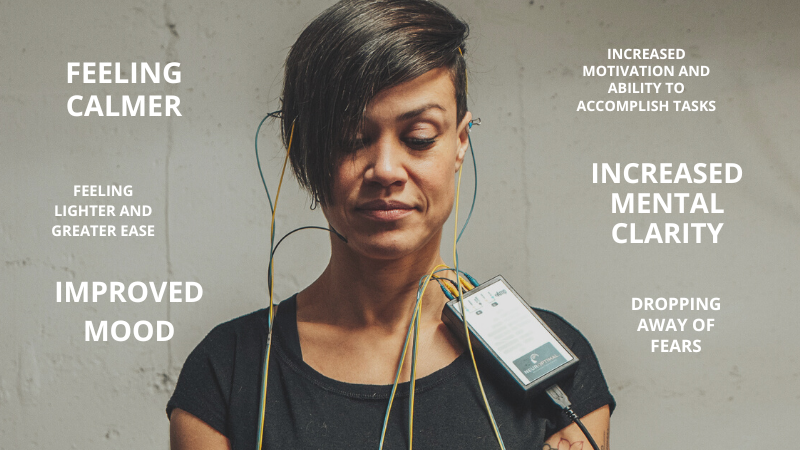Revealing the Mysteries of the Brain Through Quantitative EEG Brain Mapping Techniques in Mental Wellness Evaluation
Revealing the Mysteries of the Brain Through Quantitative EEG Brain Mapping Techniques in Mental Wellness Evaluation
Blog Article
Understanding the individual mind is a complex task, especially when it comes to psychological health. Conventional approaches of evaluation frequently rely on conversations and questionnaires, which can occasionally miss important details about how the brain functions. This is where quantitative electroencephalography, or qEEG, comes into play. qEEG is a specific method that assesses electrical activity in the cerebrum. By examining these brainwaves, psychological health professionals can obtain important insights into a individual's psychological condition, helping to enhance diagnosis and intervention.
qEEG functions by applying small electrodes on the head to record neural activity. These electrodes detect neural signals produced by neurons, the units in the brain that communicate with one another. The data collected is then analyzed and displayed as a series of waveforms. Each kind of neural wave—such as alpha, beta, δ, and theta—corresponds to different psychological states and functions. For instance, α waves are commonly associated with relaxation, while β oscillations are associated to active cognition and issue resolution. By analyzing these trends, healthcare providers can detect irregularities that may indicate mental health issues.
One of the major advantages of qEEG is its capability to offer objective data. Unlike conventional evaluations that rely on subjective reports from clients, qEEG provides a distinct view of brain function. This objectivity can assist minimize prejudices in diagnosis and lead to more accurate intervention strategies. For example, if a client is facing anxiety, qEEG can show specific trends of neural function that are associated with anxiety disorders. This information enables psychological health experts to tailor interventions more effectively, whether through counseling, pharmaceuticals, or alternative approaches.
Additionally, qEEG can be particularly useful in monitoring treatment progress. By conducting qEEG evaluations at various stages during treatment, clinicians can monitor variations in neural function over period. This ongoing assessment assists determine whether a treatment is working or if modifications are required. For example, if a patient is not responding to a specific treatment, qEEG may indicate that their neural function has not changed in a manner that suggests progress. This response cycle can lead to more personalized and effective mental health care.
In conclusion, qEEG brain mapping is a powerful tool in the field of mental health evaluation. By offering objective data about brain activity, it enhances the understanding of various mental health conditions. This technique not only aids in accurate diagnosis but also helps in monitoring treatment effectiveness. As psychological health professionals continue to investigate the capabilities of qEEG, it possesses the original source potential for enhancing the lives of individuals facing mental health challenges. With ongoing research and advancements in technology, the mysteries of the mind may become clearer, resulting to better outcomes for those in need of support.